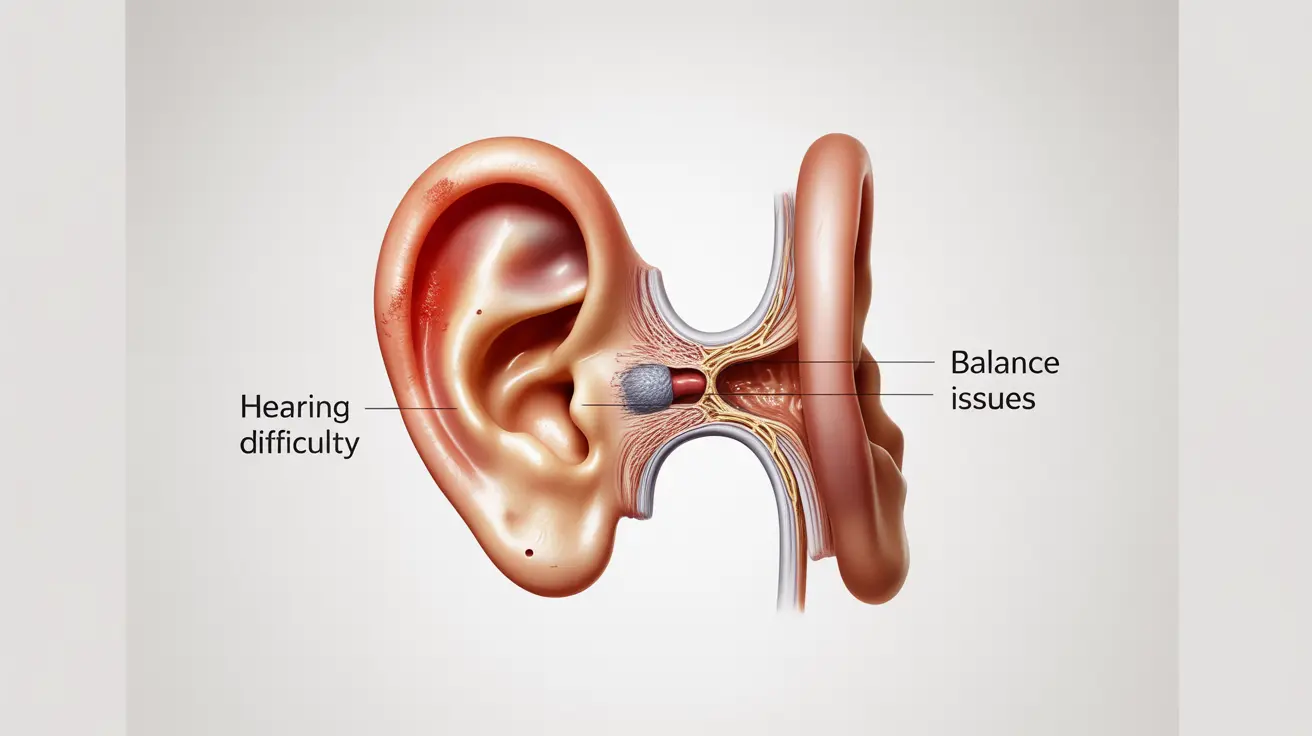A double ear infection, also known as bilateral ear infection, occurs when both ears become infected simultaneously. This condition can be particularly challenging and uncomfortable, often causing more severe symptoms than a single ear infection. Understanding the signs, proper treatment approaches, and when to seek medical care is crucial for managing this condition effectively.
While ear infections are more common in children, adults can also develop double ear infections. These infections can significantly impact daily life, affecting hearing, balance, and overall well-being. Learning to recognize and respond to symptoms promptly can help prevent complications and ensure faster recovery.
Signs and Symptoms of Double Ear Infections
Double ear infections typically present with more intense symptoms compared to single ear infections. Common indicators include:
- Severe ear pain in both ears
- Fluid drainage from the ears
- Difficulty hearing or muffled sounds
- Fever and irritability
- Problems with balance
- Trouble sleeping
- Increased crying in infants and young children
The presence of symptoms in both ears simultaneously can make the condition particularly challenging to manage, especially in young children who may have difficulty expressing their discomfort.
Diagnosis and Treatment Approaches
Healthcare providers typically diagnose double ear infections through physical examination using an otoscope to view the eardrums. They look for signs of inflammation, fluid buildup, and other indicators of infection in both ears.
Treatment Options
Treatment for double ear infections may be more aggressive than for single ear infections due to the bilateral nature of the condition. Common treatment approaches include:
- Antibiotics (if bacterial in nature)
- Pain relief medications
- Warm compresses for comfort
- Over-the-counter decongestants
- Rest and hydration
Your healthcare provider will determine the most appropriate treatment based on factors such as age, severity of symptoms, and whether the infection is bacterial or viral.
Prevention and Long-term Management
Preventing double ear infections involves several key strategies:
- Maintaining good hand hygiene
- Avoiding exposure to secondhand smoke
- Breastfeeding infants when possible
- Keeping vaccinations up to date
- Proper bottle-feeding position for infants
For those prone to recurrent infections, additional preventive measures may be recommended by healthcare providers.
Complications and Risk Factors
Double ear infections can lead to several complications if not properly treated:
- Temporary hearing loss
- Speech delays in young children
- Balance problems
- Potential for chronic ear infections
- Eardrum perforation
Understanding these risks emphasizes the importance of prompt medical attention and appropriate treatment.
Frequently Asked Questions
What are the common symptoms of a double ear infection in both ears?
Common symptoms include severe pain in both ears, fever, difficulty hearing, fluid drainage, balance problems, and increased irritability. In children, you may notice increased crying, trouble sleeping, and tugging at both ears.
How is a double ear infection treated differently than a single ear infection?
Double ear infections often require more aggressive treatment approaches due to the bilateral nature of the condition. Treatment typically includes stronger or longer courses of antibiotics, pain management for both ears, and closer monitoring for potential complications.
Can a double ear infection cause temporary hearing loss, and how can it be prevented?
Yes, double ear infections can cause temporary hearing loss due to fluid buildup in both ears. Prevention includes maintaining good hygiene, avoiding smoke exposure, getting appropriate vaccinations, and addressing allergies or upper respiratory infections promptly.
When should I seek medical care for a suspected double ear infection?
Seek immediate medical attention if you or your child experiences severe pain in both ears, high fever, persistent symptoms lasting more than 24-48 hours, fluid drainage from the ears, or signs of hearing difficulties.
Are surgical options like ear tubes necessary for managing recurrent double ear infections?
Ear tubes may be recommended for individuals, especially children, who experience frequent double ear infections or persistent fluid buildup. This surgical option helps prevent recurring infections and reduces complications by improving ear drainage.




